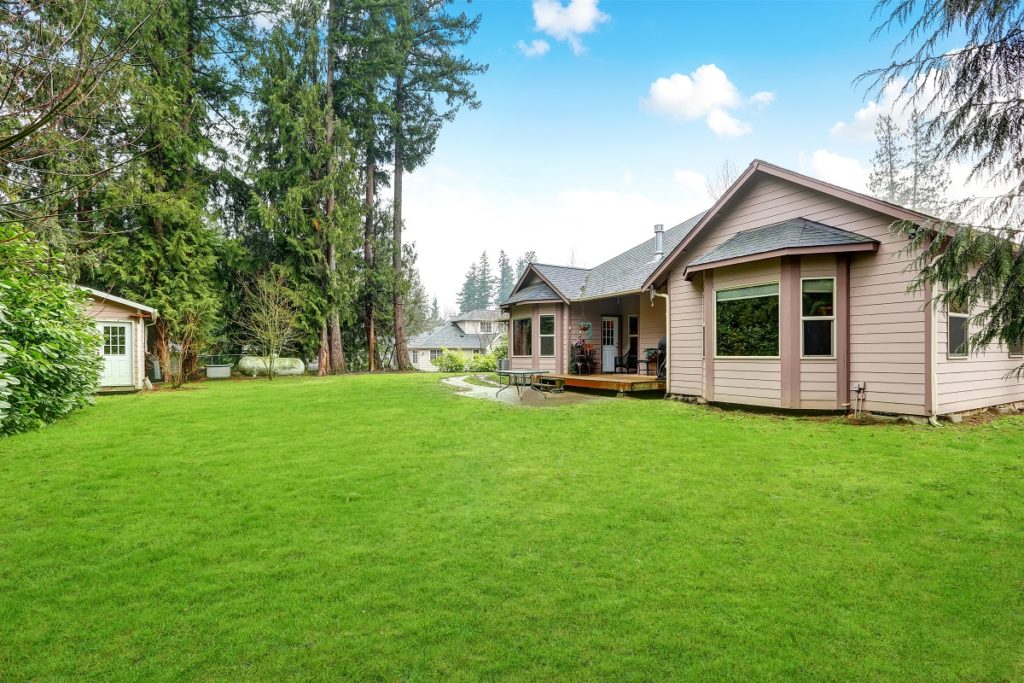- Research local building requirements to avoid costly fines or delays.
- Estimate costs by drawing up house plans that include materials, labor, installation fees and taxes/permits/insurance.
- Create a schedule for the project to ensure tasks are completed on time.
- Identify potential risks such as flooding or environmental issues during construction.
- Hire experienced professionals who can advise on efficient ways of completing tasks and provide valuable connections in the industry.
You may be considering taking the plunge into self-build housing development as a way to customize your living space without relying on the services of a contractor. While there are many advantages to self-building, it can also come with some risks that could delay or add additional expense to your project. Find out five tips on minimizing those risks and ensure your housing project goes as smoothly as possible.
1. Research Local Building Requirements
The first step to minimizing risk is to research local building requirements so that you can avoid costly fines or delays down the line. Make sure you investigate what permits may be required for your project, whether professional consultants need to be involved, and if there are any restrictions on specific materials or design features in the area. In the UK, it is necessary to obtain planning permission if you plan to build something permanent or cause any changes in the local area. Permits from your local building department may also be required.
2. Draw Up Plans and Estimate Costs

Once you’ve done your research, it’s time to draw up plans for your house and break down the individual costs associated with each project component. This will help you prepare a budget that covers everything from materials to labor costs so there are no unforeseen expenses down the line. If possible, try to enlist help from an experienced contractor or engineer to get an accurate estimate of what it will cost to build your home.
Here are just some of the most important things to factor into your cost estimates:
Materials and Supplies
Before you begin your project, make sure to research the price of materials and supplies that will be necessary. Items such as lumber, roofing tiles, plumbing fixtures, insulation, paint, and hardware all need to factor into your cost estimates. Your choice of materials can significantly affect the budget, so research your options and choose the most cost-effective materials. Building your home with sturdy timber frames can help you save on energy costs in the long run compared to other options. Timber partnered with natural insulation such as sheep’s wool, hemp or cotton can create an energy-efficient home and reduce your running costs.
Labor Costs
Labor costs are another factor to consider when planning a self-build project. Many contractors will offer their services for a flat rate but understand what is included in that cost beforehand. It would help if you also worked to ensure your work-hour estimates are as accurate as possible. It’s a good idea to work with an experienced contractor or project manager who can help you plan and manage the labor costs of your home efficiently.
Installation Fees
If you are considering installing features like heating systems or water heaters in your home, you’ll also need to factor in installation fees for those items. This includes both labor costs for the installation itself and any additional materials or supplies that might be required. While you may consider some work yourself, other more complex jobs should be left to experienced professionals.
Taxes, Permits and Insurance
Don’t forget to include taxes, permits, and other fees in your budget. These can add up quickly, so research them before you begin your project. Self-build projects may also be eligible for certain tax breaks, so check with local tax agencies to see if you qualify. You should also make sure to include insurance in your budget. Accidents can happen, and having the right insurance coverage is vital to protecting you and your self-build project from potential liabilities.
3. Create a Schedule

Once you have an accurate cost estimate for all project components, create a schedule outlining when each task should be completed. This will help keep your project on track and ensure that nothing falls through the cracks. Make sure to factor in time for unexpected delays or issues that may arise throughout the process. Planning for scheduled inspections from building officials or professional consultants who may need to review certain aspects of your project is also essential.
4. Identify Hidden Risks
Before beginning construction, identify potential risks that could delay or add additional expense to your project. For example, if there is a chance flooding could occur on the property, you should factor this into your budget and take steps to mitigate the risk. Similarly, if there is a chance of environmental issues arising during construction, ensure you are aware of handling them properly.
5. Hire Experienced Professionals
No matter how much research and planning you do for your project, having skilled professionals onboard will help ensure everything goes smoothly. Experienced contractors, architects, engineers and other professionals can provide invaluable insight into local building requirements. They can identify potential risks before they become significant problems and offer advice on more efficient ways of completing specific tasks. They also have valuable connections in the industry, which can be helpful when looking for materials or subcontractors at discounted prices.
To Wrap Things Up
Taking the plunge into self-build housing development can be a rewarding and cost-effective way to customize your living space. But, there are risks involved that could delay or add additional expense to the project. Planning, researching local building requirements, creating an accurate budget, identifying potential risks and enlisting help from experienced professionals are all critical components of successful self-build projects. By following these five tips on minimizing those risks and ensuring your housing project goes as smoothly as possible, you can ensure your dream home becomes a reality.

